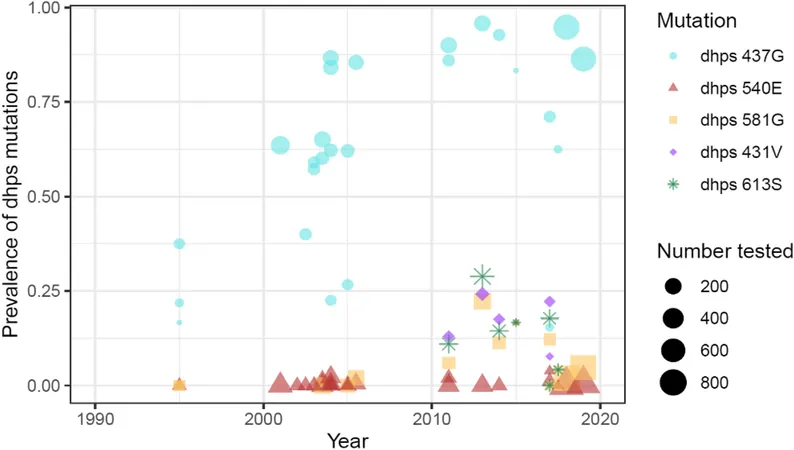
Outbreak of Marburg Virus Claims Six Lives in Rwanda: Urgent Health Measures Underway
2024-09-28
Outbreak Overview
In a tragic outbreak of the Marburg virus, six individuals have lost their lives in Rwanda, as confirmed by the country's health ministry on Saturday. This highly infectious disease is part of the filovirus family, which also includes the notorious Ebola virus, known for its severe and often fatal symptoms.
Current Cases and Response
Health Minister Sabin Nsanzimana revealed that approximately 20 patients are currently receiving treatment for Marburg virus disease. Alarmingly, the infected individuals and the deceased were predominantly health workers, leading officials to express urgent concern. "Efforts are underway to trace and test individuals who may have come into contact with those affected," Minister Nsanzimana stated.
Understanding Marburg Virus Disease
Marburg virus disease causes severe fever and can lead to critical complications such as bleeding and organ failure. The World Health Organization (WHO) has reported that fatality rates from Marburg range widely from 24% to a staggering 88%, largely influenced by the specific strain of the virus and the management of the cases.
Transmission and History
The suspected natural reservoir for the Marburg virus is the African fruit bat, which carries the virus without exhibiting symptoms. The virus was first identified in 1967 in the German city of Marburg, stemming from infected green monkeys imported from Uganda. Transmission of the virus to humans primarily occurs through direct contact with blood or bodily fluids of infected individuals or animals.
Regional Concerns
Rwanda shares porous borders with Tanzania, which reported cases of the virus earlier this year, and Uganda, which experienced its last outbreak in 2017, raising concerns about the potential spread across these neighboring countries. Health authorities are on high alert, monitoring for any signs of further infection.
Current Research and Prevention
Currently, there are no licensed vaccines or antiviral treatments for Marburg virus disease. However, researchers are actively exploring potential treatments, including blood products, immune therapies, and experimental vaccines. The urgency for effective solutions is greater than ever as health officials work tirelessly to contain this outbreak.
Conclusion
As the situation develops, Rwandan health authorities are emphasizing the importance of hygiene, early detection, and public awareness to combat the spread of this deadly virus. Will this outbreak prompt a renewed focus on research for vaccines? Only time will tell.




 Brasil (PT)
Brasil (PT)
 Canada (EN)
Canada (EN)
 Chile (ES)
Chile (ES)
 España (ES)
España (ES)
 France (FR)
France (FR)
 Hong Kong (EN)
Hong Kong (EN)
 Italia (IT)
Italia (IT)
 日本 (JA)
日本 (JA)
 Magyarország (HU)
Magyarország (HU)
 Norge (NO)
Norge (NO)
 Polska (PL)
Polska (PL)
 Schweiz (DE)
Schweiz (DE)
 Singapore (EN)
Singapore (EN)
 Sverige (SV)
Sverige (SV)
 Suomi (FI)
Suomi (FI)
 Türkiye (TR)
Türkiye (TR)